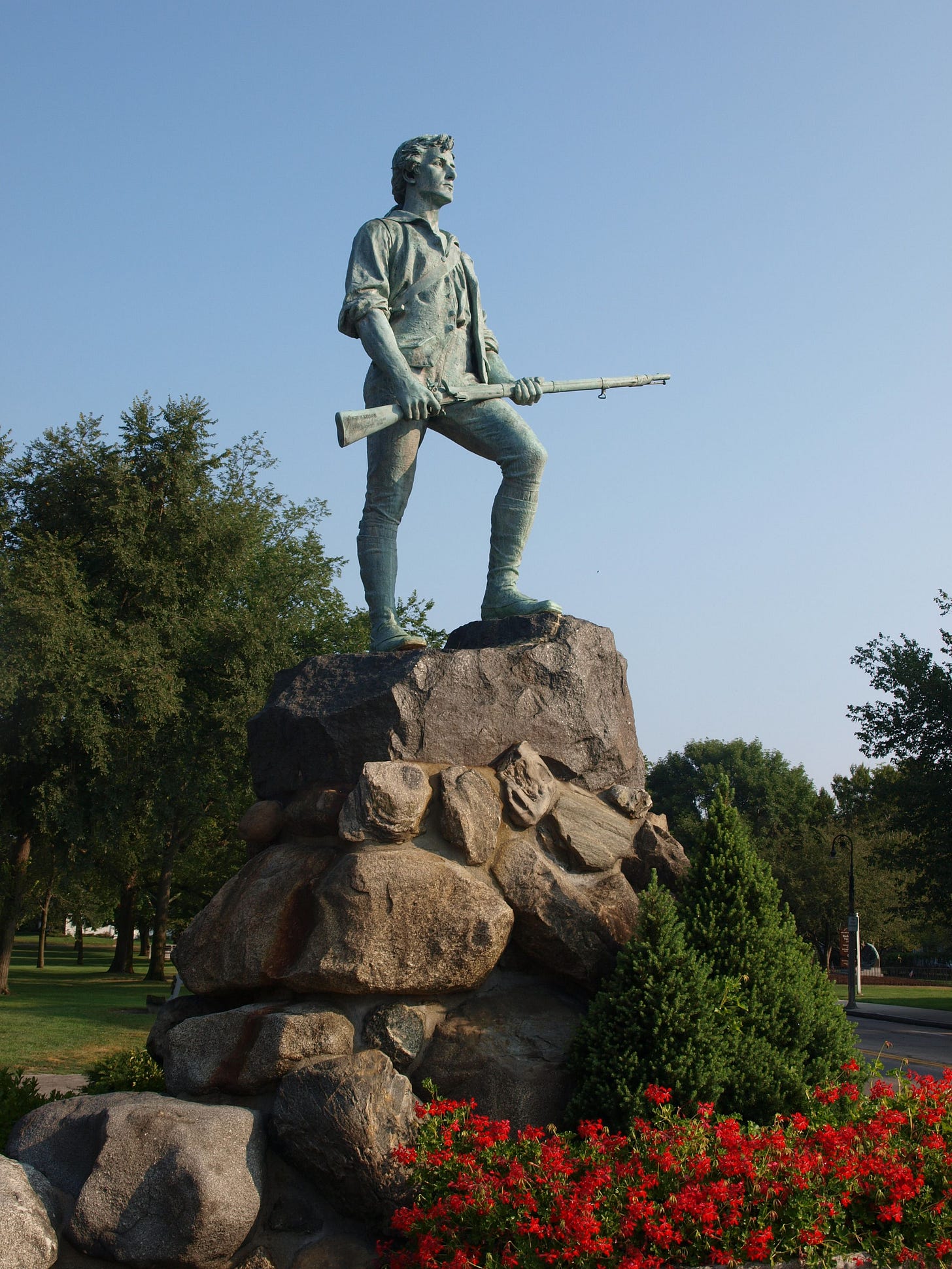Second Amendment Protects First
Knowing your Rights
Does the Second Amendment Exist to Protect the First?
The relationship between the Second Amendment and the First Amendment has been a subject of debate for centuries. Many argue that the right to bear arms is, at least in part, a safeguard for free speech, freedom of the press, and the right to assemble. But is this the case? Let’s break it down with historical examples, legal interpretations, and philosophical arguments.
How the Second Amendment Protects the First
1. Deterrence Against Government Tyranny
The Founding Fathers, shaped by their experience under British rule, believed that an armed population would deter government overreach and ensure the protection of civil liberties. One of the major grievances that led to the American Revolution was British efforts to disarm colonial militias, a move seen as an attempt to limit their ability to resist tyranny.
This concept is reinforced by historical examples such as Nazi Germany’s 1938 Weapons Law, which disarmed Jewish citizens and political dissidents, making it easier for the regime to suppress opposition. Similarly, in the Soviet Union under Stalin, the government tightly controlled weapon ownership, ensuring that dissidents had no means to resist the state’s oppressive policies.
2. Empowerment Against Oppression
The First Amendment guarantees the right to protest, speak freely, and express dissenting views. Historically, disarmed populations have struggled to resist oppressive regimes that curtailed speech and civil rights. In the Civil Rights Movement, groups such as the Deacons for Defense and Justice used legally owned firearms to protect Black activists from violent white supremacists. Their ability to arm themselves ensured that peaceful protests could continue despite violent opposition.
Similarly, during the Hong Kong Protests of 2019-2020, protestors faced heavy crackdowns by the Chinese government. Unlike in the U.S., Hong Kong has strict gun control laws, leaving activists with no means of defending themselves against an increasingly authoritarian regime. This example is often cited as an argument for the necessity of an armed populace to secure free speech and assembly rights.
3. Historical Precedents
Various instances in history show that authoritarian governments often disarm their citizens before limiting their freedoms. The American Revolution itself was partially fueled by British attempts to seize colonial weapons, which many saw as an attack on broader freedoms.
In contrast, the Warsaw Ghetto Uprising of 1943 demonstrated that even small arms in the hands of an oppressed population could delay and challenge a vastly superior force. Though ultimately crushed, the armed resistance by Jewish fighters was seen as an assertion of both physical and moral resistance against the Nazis.
4. Self-Defense in Political Expression
Protesters, journalists, and activists can find themselves targeted by oppressive forces. An armed populace discourages the suppression of speech, ensuring that individuals can advocate for their rights without fear of coercion.
For instance, in the 1992 Los Angeles Riots, Korean-American business owners, who were often targeted by looters, armed themselves to protect their livelihoods. Their ability to defend their property not only preserved their economic stability but also ensured that they could continue participating in civic and political discourse without undue threats.
Counterarguments
While many believe that the Second Amendment protects the First, others argue differently:
Some claim the Second Amendment was designed primarily for self-defense and militia purposes, not as a protector of free speech.
Others argue that strong democratic institutions, rather than an armed populace, are the best defense against government overreach.
Legal interpretations vary, with some questioning whether personal firearm ownership is still an effective safeguard for free speech in modern society.
Additionally, critics point out that freedom of speech can be suppressed in ways that firearms do not address, such as economic retaliation, digital censorship, or misinformation campaigns. In modern democracies, legal systems, independent media, and civic engagement are often more effective than armed resistance in protecting free speech.
Final Thoughts
While the Second Amendment does not explicitly mention protecting the First, its foundational purpose aligns with the idea that an armed populace can deter government suppression of constitutional rights. Historical examples provide strong evidence that disarmament has often preceded repression, but whether widespread firearm ownership is still necessary in today’s democratic society remains a deeply debated issue.
What do you think? Is the Second Amendment still a safeguard for the First, or are democratic processes and institutions sufficient to protect free speech today? Let’s discuss in the comments!




